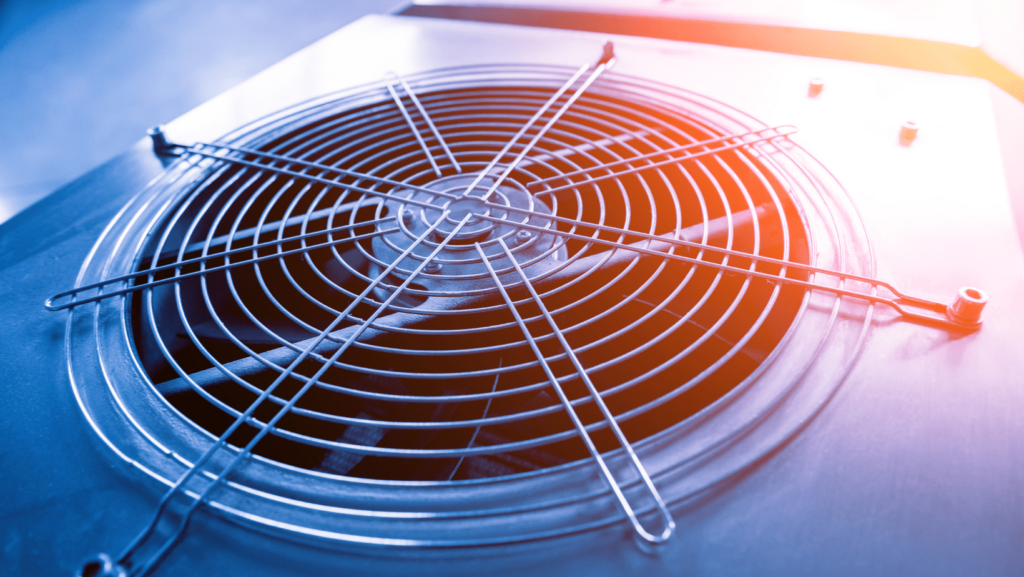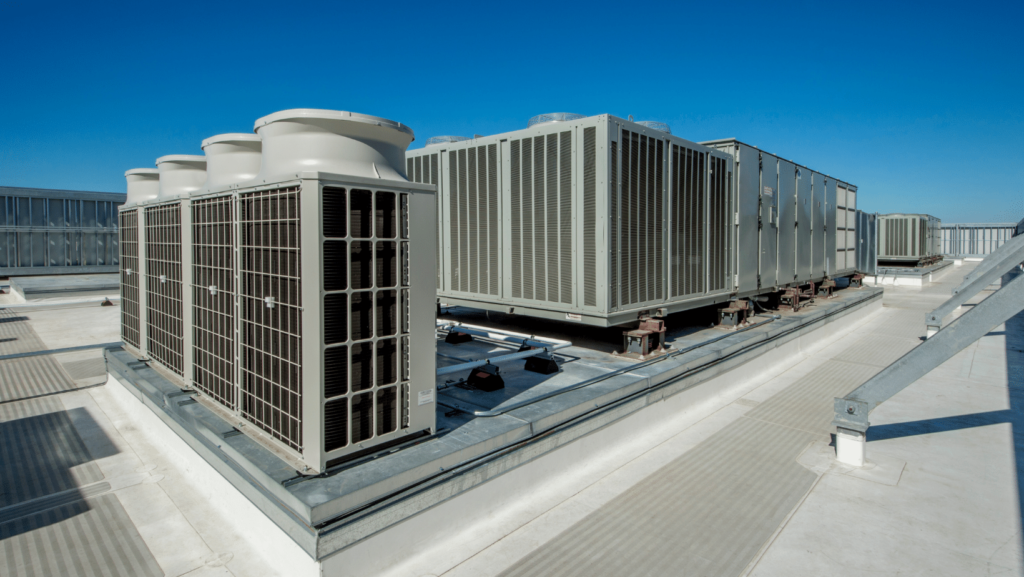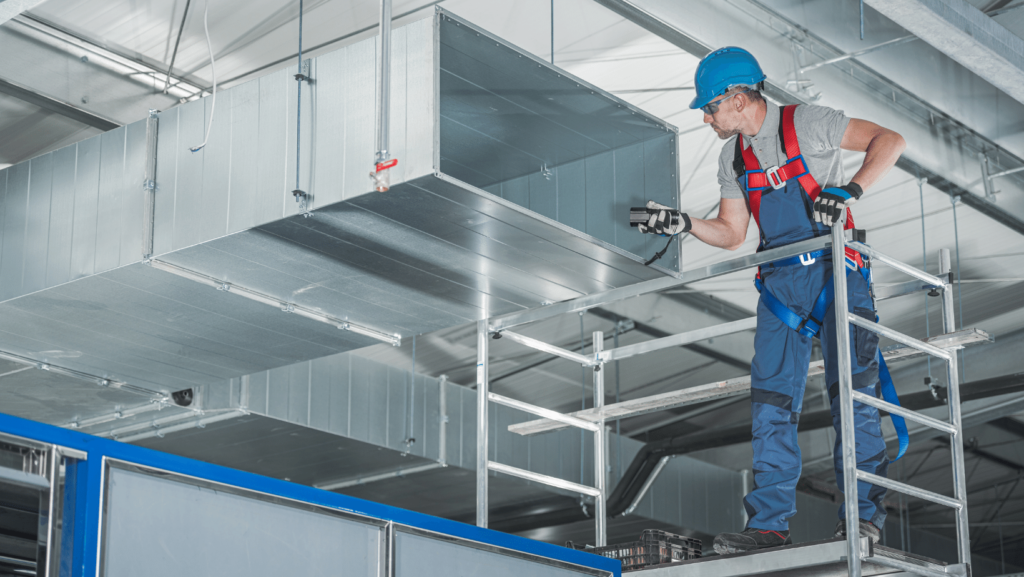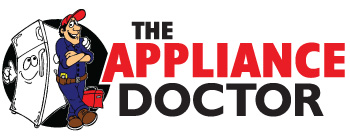Indoor climate control is a system that many people take for granted, or even overlook. After all, cooling or heating your home can be as easy as the flick of a switch – that is, for a consumer whose HVAC system is running just right. It’s not until a heating and cooling system fails to work that people have questions as to the why, how, and what of HVAC systems.
What does HVAC even stand for? What are the benefits of an efficient HVAC system? How long have HVAC systems been around for? Learn the answers to these questions and more in this blog.

What Does HVAC Even Mean?
HVAC refers to the systems that move and regulate air flow and temperature control between outdoor and indoor areas. For many people, the word HVAC refers to AC (air conditioning), or some sort of cooling system. However, HVAC encompasses not just cooling systems only. In fact, HVAC is an acronym that stands for heating, ventilation, and air conditioning. So, while people are correct that HVAC does refer to AC, HVAC also refers to heating systems.
How Does HVAC Work?
HVAC systems do more than just simply heat and cool a residence. In addition to keeping a home comfortable, HVAC equipment moves and improves air quality. No matter what type of heating or cooling system, HVAC follows several basic principles.
The first is ventilation, in which there is some sort of fresh air intake, located outdoor or indoors. A very basic ventilation example is of an open window allowing fresh air in. In the case of HVAC, mechanical ventilation occurs via the use of vents, ductwork, and flues. As modern homes are extremely well insulated, natural ventilation is less likely occur, meaning that indoor air is exchanged, or flushed out and replaced with clean air, less often. Therefore, having a working HVAC system is crucial for maintaining healthy indoor air quality.
For temperature control, air is heated or cooled. Generally, most HVAC systems work on the principle of moving heated air either into the home (heating), or out of the home (cooling). For example, central air conditioning removes hot air from inside a home.

The History of HVAC Systems
In today’s world, it can be difficult to imagine living without any sort of cooling or heating system. Modern HVAC systems as we know them only originated in the mid-1800s. Think of the eons of humanity before that didn’t have the benefit of instant, and easily controllable, cooling and heating systems. But this does not mean there were no pre-modern attempts to cool and heat buildings.
While a fireplace is an obvious heating system, the ancient Romans created a system of radiant heat flooring, by pumping heated air through pipes underneath a home. To cool homes, the ancient Egyptians placed wet reeds in windows, where breezes caused an evaporation effect, while the Han Dynasty in ancient China used man powered windmill fans.
Modern HVAC kickstarted with Dr. John Gorrie who created a system using cooling coils to regulate humidity. More HVAC innovations would continue throughout the late 19th and early 20th centuries, with the arrival of refrigeration and heating systems. However, HVAC at this time was utilized more commercially, rather than in residential buildings, as it was quite expensive to run. For examples, movie theatres became some of the first buildings to install and utilize HVAC systems, so going to the cinema to escape the summer heat became a popular pastime.
A breakthrough in residential HVAC systems occurred in the 1930s, when General Electric created the first modern window air conditioning unit. Within the following decades, what once was a luxury became more widely available as central air conditioning became commonplace in most homes.
Benefits of Good HVAC Beyond Just Temperature Control
Did you know that a properly running HVAC system can possibly improve your health? In addition to providing a comfortable atmosphere for your home, HVAC systems can also help ease respiratory issues. How so? Properly operating HVAC systems replace old, polluted air with fresh air by passing the air through a filter. The filter catches dust, pollen, dander, and other pollutants. For people with allergies, asthma, or other respiratory issues, having these air pollutants removed is crucial. To ensure that fresh air is regularly supplied to the home, the filter should be cleaned or changed every 2-3 months.
HVAC Myths
There’s a lot of misconceptions surrounding HVAC systems and equipment, but knowing the truth behind the myths can help keep you more aware of how your systems should run, and how to prevent certain issues from occurring in the first place.

Myth 1: The Bigger, the Better
Having a larger HVAC unit than needed (for example, a large AC unit) doesn’t always mean better. Building size and layout play an important part in air flow, and having a too large system can lead to the unit cycling on and off and overworking.
The result? Higher bills, poorly cooled interior, as well as shortened lifespan for the unit. A HVAC technician considers the size and construction of a residence to best size HVAC equipment.
Myth 2: Close Vents to Save Energy
People are often tempted to close vents in unoccupied rooms. However, closing off vents can throw off the air flow of a heating or cooling system, leading to pressure buildup within the ductwork.
Myth 3: Thermostat Location Doesn’t Matter
Location does matter when it comes to the thermostat. For example, thermostats placed in areas of direct sunlight, and/ or near a vent, can result in the HVAC system shutting off early.
Myth 4: Ceiling Fans Keep Rooms Cool
Fans actually do not provide any sort of true cooling or decreases in temperature. Rather, fans move stagnant air around, creating a wind chill effect. But don’t count out fans because of this. In fact, ceiling fans can actually provide some warmth. When ceiling fans spin clockwise, they create an updraft of warm air. To switch the direction of the fan’s blades, switch the small black switch at the base of the fan.

Recent Comments